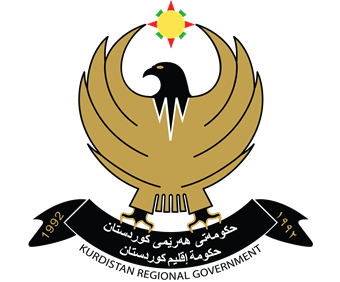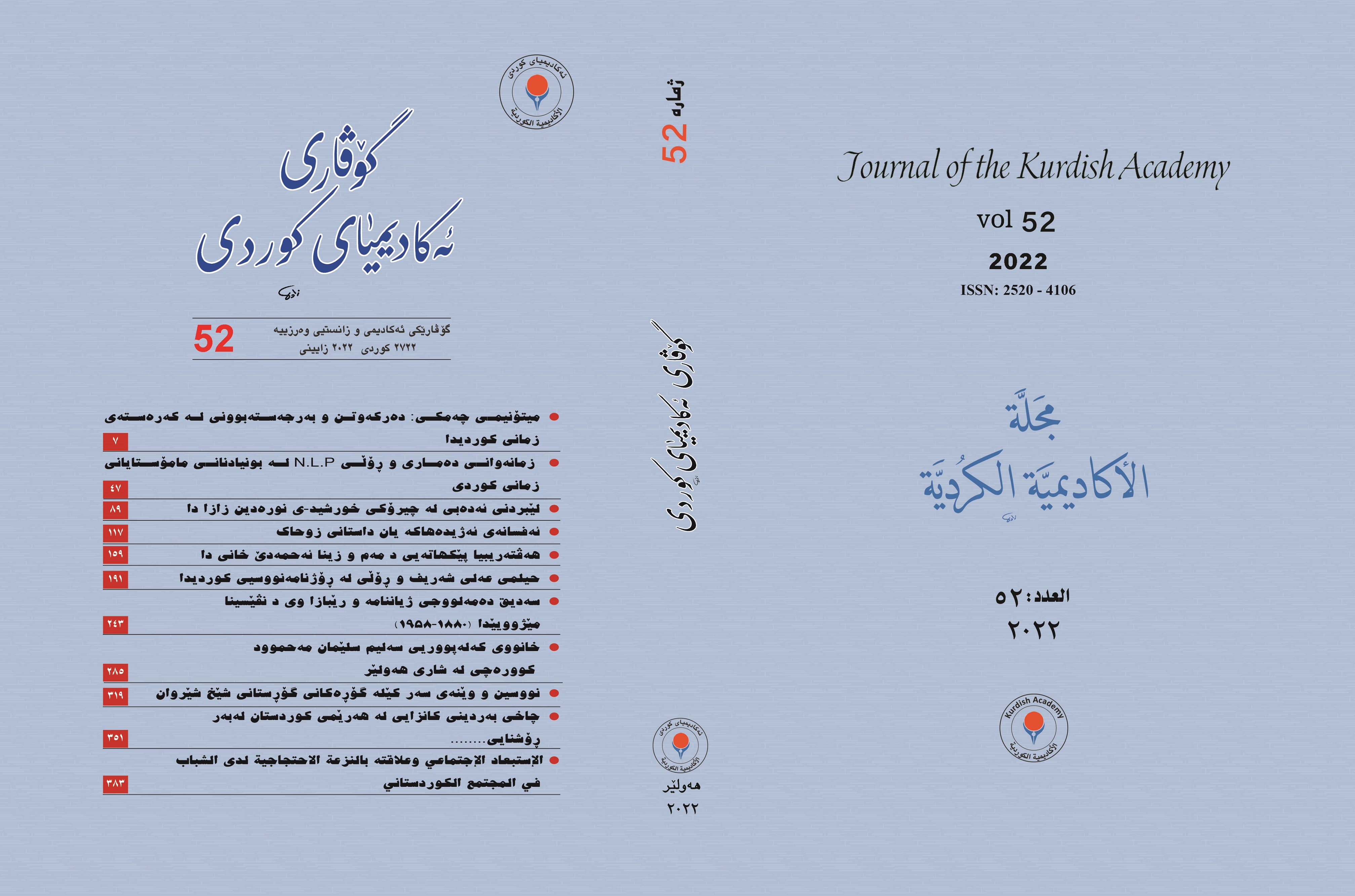نووسین و وێنەی سەر کێلە گۆڕەکانی گۆڕستانی شێخ شێروان
(توێژینەوەیەکی شیکاری مەیدانییە)
DOI:
https://doi.org/10.56422/ka..52.93Keywords:
cemetery, Tombstones, Writings on tombstones, Pictures on tombstonesAbstract
The cemetery of Sheikh Shirwan, or what is called also the cemetery of Sheikh Jami, is located near the village of Sheikh Shirwan, to the southwest of the city of Erbil, 32 km away. The cemetery dates back to the 12th century AH / 16 AD, through the inscriptions of the grave of a person called Darwish Abdullah al-Andalusi, who died in 1114 AH / 1694 AD, while the oldest tombstone dates back to 1282 AH.
This study is based on reading and analyzing the inscriptions and pictures engraved on the tombstones that were not previously published. The tombstones contain writings that include the name, month and year of the death of the deceased person, with some phrases that indicate supplication, as well as the verses of poetry that the slave seeks to draw closer to his Lord. And among the most famous written poetic verses are two verses from the poetry of Imam Ali and Imam Shafi’i, all written in Arabic, specifically in the thuluth script.
Also, some of these tombstones contain intricate and simple engraved images by the maker of the evidence represented by weapons and war machines such as the pistol and dagger with a gunpowder purse and a scope for carrying weapons, hence the importance of research in studying and analyzing the images and writings on them.





